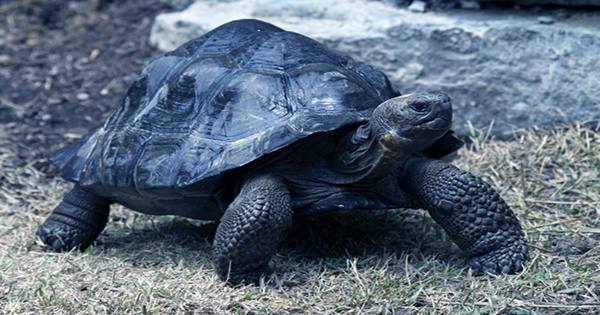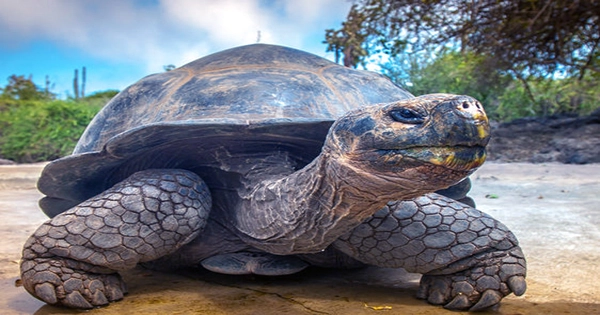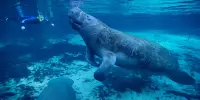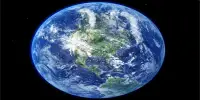After DNA testing indicated that two separate species of a giant tortoise had been mistakenly jumbled up for decades, a new species of giant tortoise has been discovered in the Galápagos Islands. The DNA study indicated that the giant tortoises in the Galápagos had a significantly more convoluted family tree than previously thought. The 8,000 gigantic tortoises that presently graze San Cristóbal Island were considered to be a species known as Chelonoidis chathamensis, which was initially described in 1906 based on bones and shells found in a cave.
However, it turns out that the DNA of modern giant tortoises differs from that of C. chathamensis. San Cristóbal’s gigantic tortoises, on the other hand, are members of a different lineage that has never been properly identified or given a scientific name. C. chathamensis is almost definitely extinct as a result of this. “It is probable that there were two species on San Cristóbal, not one,” Galápagos Conservancy, a US-based NGO, said in a statement. “If this is the case, the name of C. chathamensis should be ascribed to the extinct species, and the current taxonomy should be given a new name.”

The research was just published in the journal Heredity by Nature. The Galápagos Islands are recognized as a “natural laboratory for researching evolutionary processes,” according to the study. The volcanic archipelago, located 1,000 kilometers (600 miles) off the coast of Ecuador in the Pacific, is arguably best known as the site that inspired and informed Charles Darwin’s theory of evolution by natural selection.
During the second trip of HMS Beagle in the 1830s, Darwin investigated the indigenous species of the islands. He gained a comprehensive understanding of species diversification and the processes that govern it by collecting samples and making observations. These are concepts that are still being explored in the Galápagos today. San Cristóbal Island was most likely previously two different islands, each with its own tortoise species, separated by high sea levels millions of years ago. The two islands, as well as their tortoises, combined when sea levels fell.
This legacy may still be seen on the island, with lushly forested hills in the southwest and flatter, drier terrain in the northeast. The population of gigantic tortoises, most likely C. chathamensis, previously covered the southwest, was destroyed by hunting in the early twentieth century. Giant tortoises may now only be found in large numbers in the northeastern United States.
These two distinct ecosystems, formerly separated by a physical barrier, are most likely the origins of these two species — C. chathamensis and the newly found lineage. Thousands of tortoises wandering the streets of San Cristóbal just acquired a fresh lease on life. A group of 36 endangered giant tortoises bred in captivity were returned to San Cristóbal in March 2021. This species was formerly thought to be C. chathamensis, but a fresh genomic study reveals that they really belong to a previously unknown lineage.













